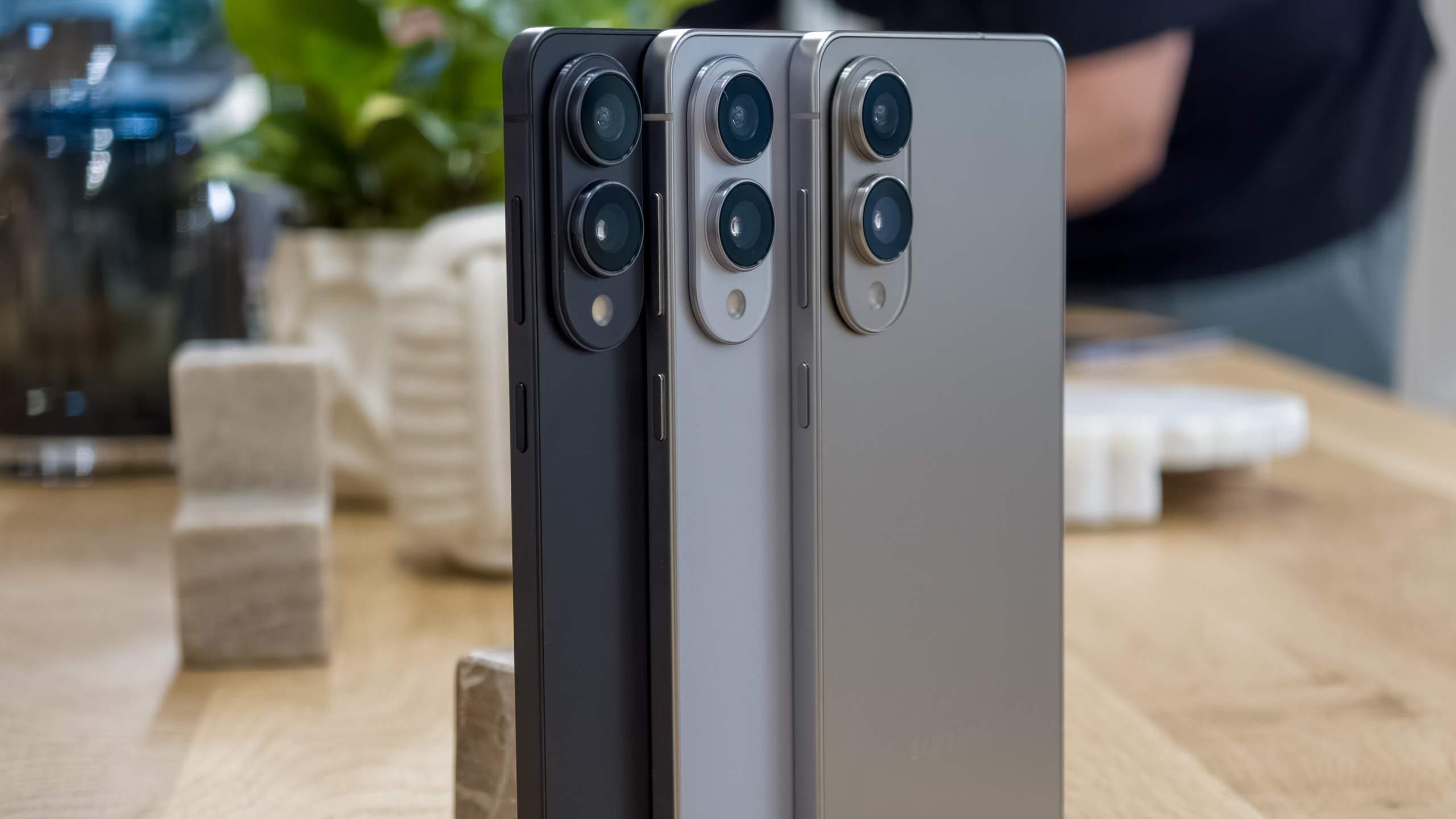Here's why Jio's $87 Android phone won't give Google its next billion users

With over 500 million users, India is the second-largest smartphone market in the world. What's particularly noteworthy is Android's dominance in the region; Google's operating system accounts for over 96% of the market share in India, with a userbase of over 480 million. A majority of the sales are skewed toward the budget segment, with the best Android phones under $300 getting most of the attention.
But Google wants more. India has a user base of nearly 400 million still on feature phones, and Google has been on a mission to switch these customers over to Android. The latest salvo in those efforts is a partnership with Jio — the largest carrier in India — for the JioPhone Next, an entry-level phone running a custom version of Android Go that's debuting at just ₹6,499 ($87).
Over the last decade, Google tried a lot of initiatives to target the entry-level segment. The first wave of Android One phones devices were made in partnership with local hardware brands like Micromax, Lava, and Karbonn, but that program fizzled out after a year. Although the devices had pure Android and guaranteed updates, the hardware was underwhelming for the time, and Google gave little to no effort in marketing the program, which meant that the users that would have benefitted from these devices didn't even know they existed.
Google then switched gears and launched Android Go, a lightweight version of Android tailored to run on low-end hardware. It teamed up with Nokia and Xiaomi to launch devices in India, and while they had a lot to offer — particularly against $100 Android devices at the time — they didn't get much in the way of marketing either.
Jio is the ideal partner for Google's entry-level efforts in India.
By partnering with Jio, Google is aiming to fix its mistakes. Jio is a behemoth in India, with the carrier touting over 433 million subscribers. That's one of the reasons Google invested $4.5 billion in Jio last year; it needs Jio if it wants to make any meaningful inroads into the vast feature phone market and bring these users over to Android.
And at the outset, it looks like that's what the JioPhone Next is designed to achieve. The phone has a 5.45-inch 720p screen and features a Snapdragon 215 chipset, 2GB of RAM, 32GB storage, MicroSD slot, 4G with dual-SIM connectivity, 13MP camera, 8MP front camera, and a 3500mAh battery.
In short, the hardware is very decent for a sub-$100 phone, but that's not the differentiator here. That honor belongs to the software; the JioPhone Next runs a customized version of Android Go tailored for the hardware, and Jio has worked with Google to bundle a lot of software features. For example, there's a read-aloud feature that works in several Indian languages, and the Next is designed to be voice-first — allowing users to talk to Google Assistant in Hindi — and it leverages Google Lens to instantly translate on-screen text or by taking a photo.
Get the latest news from Android Central, your trusted companion in the world of Android
Google's next billion users will have to come from India.
You also get a dedicated Night Mode for the camera and filters, and the phone comes with Jio's digital suite of services, including its live TV service, on-demand music, TV shows, and movie streaming platform, and more. According to IDC India Research Director Navkendar Singh, the JioPhone Next is a win-win for Google and Jio. "Jio wants more data, and the ultimate play for Jio from its Jio Platform monetization is to get smartphone users to come in over the next few years and start using Jio services."
"Google wants to connect the next half a billion users to its services, which only India can deliver (with its grossly under-penetrated smartphone market) and ultimately monetize from the hitherto unconnected users," says Singh. But there's a problem: pricing. The device retails for $87, and while Jio is offering financing options that start at just ₹300 ($4) a month, Singh notes that it is "priced out of the reach" of the target userbase.
"At ₹6,499 ($87) it is grossly priced out of the reach of that huge 370-400 million feature phone users, half of which use a feature phone priced less than $15 and spend less than $2 per month on their monthly voice plan. Expecting millions of these users to buy a new device which is much more expensive but less robust, has worse battery life, and will wear/tear faster than their current feature phone is not realistic."
Ultimately, Google needs a sub-$30 device to get India's feature phone users to switch to Android.
Instead, Singh says that the JioPhone Next will sell a few million units and end up targeting users eyeing phones in the $75 to $110 segment — the playground of Xiaomi and Realme — as well as the refurbished smartphone market. "In that sense it will not give Google, Jio and Android its next billion users, organically," noted Singh.
Four years ago, Google CEO Sundar Pichai posited that smartphones need to be sold under $30 to target the next wave of users willing to make the move to Android, and the same holds true today. While Jio's latest phone has a lot to offer, it isn't a viable choice for the hundreds of millions of feature phone users.
That said, Jio is the best chance that Google has at attracting these users. Its scale combined with its marketing push and content portfolio makes Jio the ideal partner for Google's mission to amass its next billion Android users.
"Any serious attempt for localization of content and services by a service provider of Jio's caliber when partnered with Google can deliver long-lasting positive results to both sets of end-users. And with Jio's push in marketing, reach and services portfolio, it can help in getting more users to use voice and vernacular capabilities, which is much more convenient for a user," said Singh.

Harish Jonnalagadda is Android Central's Senior Editor overseeing mobile coverage. In his current role, he leads the site's coverage of Chinese phone brands, networking products, and AV gear. He has been testing phones for over a decade, and has extensive experience in mobile hardware and the global semiconductor industry. Contact him on Twitter at @chunkynerd.
